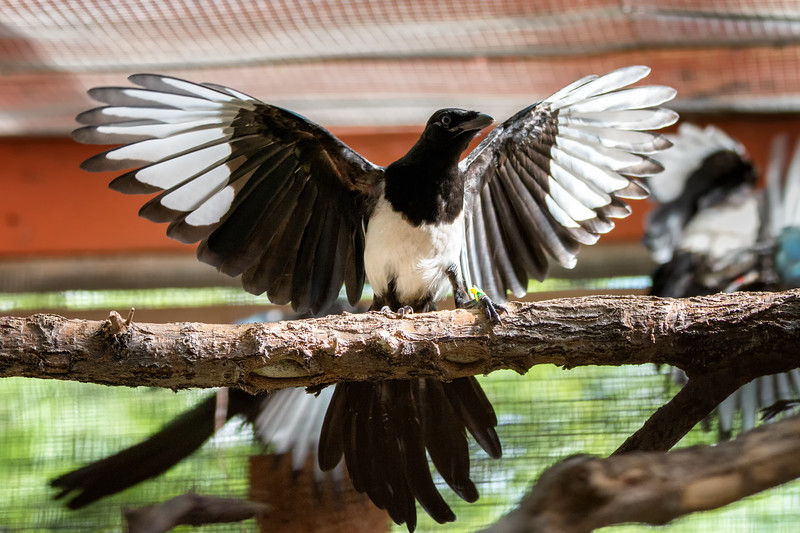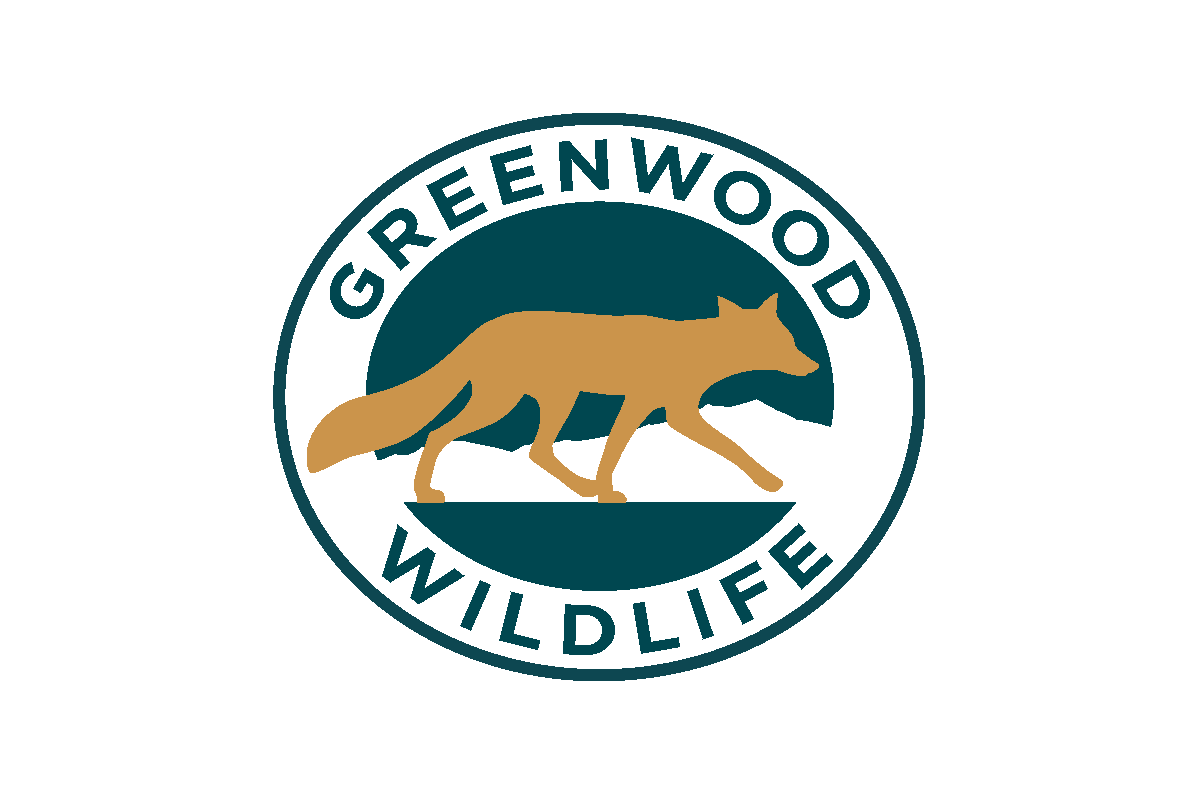Fireworks are used to celebrate America’s independence and nationhood on the Fourth of July. These celebrations range from festivals to parades to ceremonies. Below are some facts on impacts of fireworks and tips on how to protect wildlife during your celebrations:

Limit air pollution to reduce adverse health effects
Fireworks and firecrackers release poisonous smoke that can contain toxic gases, such as ozone and carbon dioxide, traces of heavy metals and other harmful chemicals. This fume of fine particles not only impacts the wildlife in close proximity to the firework explosions, but also in distant locations when the wind carries them to other sensitive areas. There is also more toxins lofted higher into the atmosphere, affecting our feathered friends flying about in this cloud of smoke. A study on Independence Day fireworks found that there are 42 percent more air pollutants than a normal 24-hour period. Exposure to this pollution impacts respiratory and cardiovascular systems – particularly for sensitive groups, the elder and young children. Why wouldn’t that be the case for our wild community members? Wildlife breathes this polluted air without the enjoyment of the show. Less can be more sometimes.
Pick up your litter before wildlife can be poisoned
The aftermath of a firework celebration can impact natural areas and its wildlife community in the form of trash far past the date of detonation. These sparkling tubes and their other bits are not biodegradable, meaning they cannot be naturally broken down and acts as a source of pollution. Their chemicals can linger for years and poison all types of living organisms that interact with these celebratory compounds. The lingering litter and its compounds can find its way into the water supply through infiltration into groundwater or runoff into rivers, oceans and other bodies of water. According to the National Ocean Service, about 80 percent of water pollution occurs due to land-based activities, such as fireworks. Furthermore, looking like a potential meal, burned-up explosive parts can be ingested by birds, small mammals and other wildlife. Animals should not be innocent victims to our celebrations. Clean up after the party.
Reduce noise levels to protect more sensitive ears
Animals have more sensitive senses, especially when it comes to their hearing abilities, which causes fireworks to be a more harmful disturbance. Noise over 85 decibels can cause damage over extended periods, says the Royal National Institute for Deaf People. Fireworks shows can reach a staggering 120 decibels. With wild ears being more sensitive, this damage can be more severe and irreversible. These loud booms also scare birds and other wildlife hungered down for the night. Birds will panic and fly into hard objects, such as building, breaking their necks or wings in the process. This fear can be fatal. The infamous case of 5,000 red-winged blackbirds deaths cause by New Year’s Eve fireworks in Arkansas in a perfect example on how dangerous firework noise is for birds. Young birds can be temporary abandon by their parents due to these loud sounds, potentially threatening their lives as well. Attend a commercial firework show. Birds will land in a ‘safer’ area away from the fireworks instead of continuously fleeing the noise in all directions.
Use fire safety protocols and regulations to prevent habitat damage
Based on National Fire Protection Association, half (49%) of all fires on the Fourth of July are started by fireworks and other colorful explosives. Fire protocols and regulations to created to protect humans and wildlife. In Colorado, all fireworks that explode or leave the ground are illegal. Legal fireworks are still prohibited in national and state parks, among other public lands. These are in place for a reason – follow the rules. Furthermore, brush, grass and forest fires account for 59 percent of reported fires on this day of celebration, according to NFPA statistics. Fires cause by fireworks disproportionality impact wild communities, damaging and potentially destroying their home habitats. Approximately nine percent of firework fires are structures. Despite the resiliency of our environment, forests can take decades to recover from wildfires, depending on the burn severity and forest type. Use legal fireworks, with a bucket and fire extinguisher in hand, away from brush and other flammable natural materials to protect our wildlife and their habitats.
Alternative and solutions to protect our wildlife
With all living creatures in consideration – reducing the number of fireworks used to celebrate this day of independence can reduce air, water and land pollution, limit adverse health risk for humans and wildlife alike, including acts of fear and anxiety from noise levels, and lower potential fire danger to urban structures and wild homes.
Alternatives to fireworks are slowly emerging as a solution to this human-wildlife conflict, such as light shows, glow sticks parties, and more ecofriendly fireworks to name a few.
If you find any injured or orphaned wildlife over Fourth of July weekend, Greenwood is open our normal hours from 9am to 4pm to help care for these animals.

